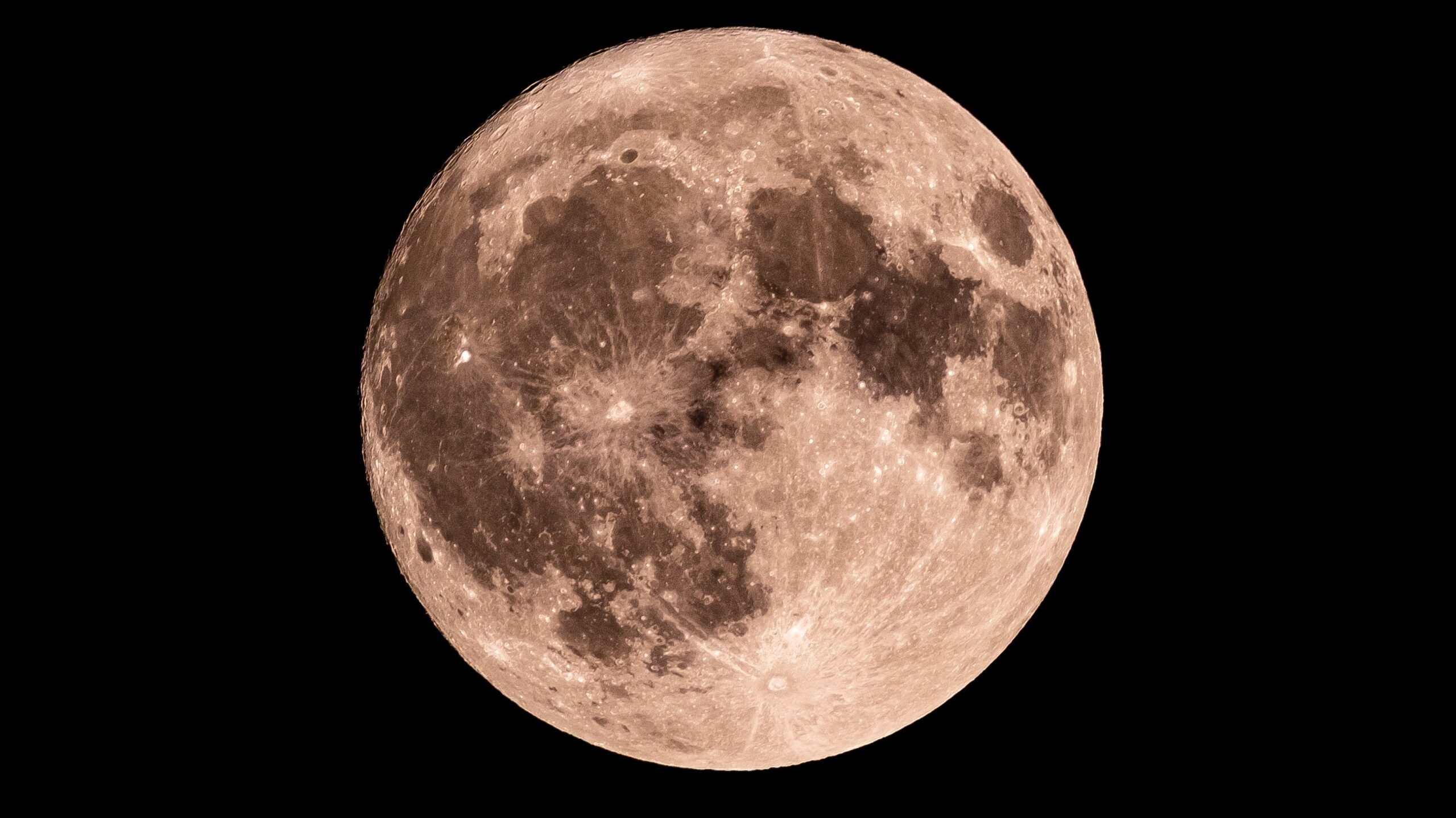The moon phase on October 6, 2023, is a Waxing Gibbous, with approximately 99% of its surface illuminated, according to observations from NASA. As stargazers prepare for the full moon tomorrow, this evening offers an excellent opportunity to view several lunar features without the need for specialized equipment.
Tonight, the clear skies could reveal notable landmarks on the moon’s surface. Observers can expect to see the Copernicus Crater, the Mare Fecunditatis, and the Mare Tranquillitatis with the naked eye. Those with binoculars may spot additional features such as the Apennine Mountains, the Mare Nectaris, and the Gassendi Crater. For those equipped with a telescope, the landing sites of Apollo 15 and Apollo 17 are also visible, along with the Fra Mauro Highlands.
Understanding Moon Phases
The moon undergoes a series of phases as it completes its orbit around Earth, a process that takes about 29.5 days. The various phases result from the changing angles between the Sun, Earth, and Moon. As NASA explains, while we always see the same side of the moon, the amount of sunlight that reflects off its surface changes, creating different visual appearances.
The eight principal phases include:
– **New Moon**: The moon is situated between the Earth and the Sun, rendering it invisible.
– **Waxing Crescent**: A small sliver of light appears on the right side.
– **First Quarter**: The right half of the moon is illuminated, resembling a half-moon.
– **Waxing Gibbous**: More than half is lit, yet it is not fully illuminated.
– **Full Moon**: The entire face of the moon is bright and visible.
– **Waning Gibbous**: The moon starts to lose light on the right side.
– **Last Quarter (or Third Quarter)**: The left half of the moon is illuminated.
– **Waning Crescent**: A thin sliver of light remains on the left side before it goes dark again.
Upcoming Full Moon
The next full moon will occur on October 7, 2023, following the last full moon which took place on September 7, 2023. As the lunar cycle continues, enthusiasts can look forward to observing these celestial events, each offering unique viewing experiences.
For those interested in astronomy, tonight’s Waxing Gibbous phase provides a chance to explore the moon’s features and appreciate its beauty in the night sky. With the right conditions, this evening could be memorable for both experienced astronomers and casual skywatchers alike.






































































